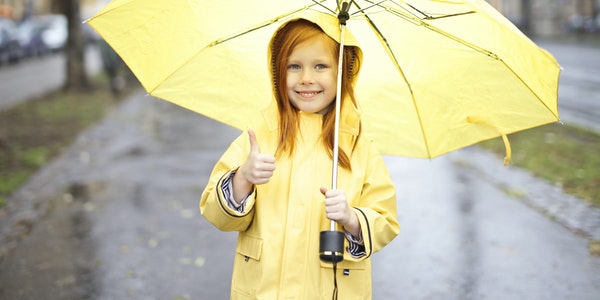Table of Contents
How to Shoot on Rainy Days
Traveling, especially long-distance travel, will inevitably encounter cloudy and rainy days. When it rains on a cloudy day, the whole light becomes very dim, but the light is very uniform. But taking pictures at this time, everyone will always find that the whole picture is very dark, so most people don’t like to take pictures when it is cloudy and rainy. In fact, even if it rains on a cloudy day, you can get a very good picture, but everyone hasn’t mastered the method yet.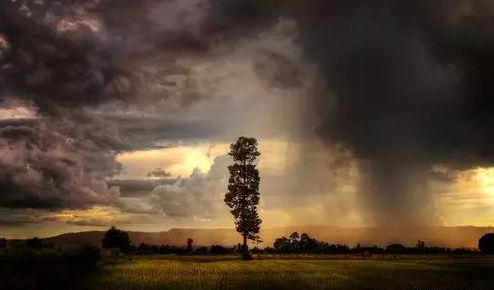
In fact, rain on a cloudy day is not terrible. Because the light is very uniform on rainy days, the camera’s metering will be more accurate than when the sun is strong. When the sun is strong, because the sun has a direction, we usually encounter when the light and the shadow are together when taking pictures. At this time, the metering of the camera will mess itself up. However, when it is rainy or cloudy, the lighting of the environment is very uniform, and there is no coexistence of light and shadow, so it is actually very suitable to take pictures at this time.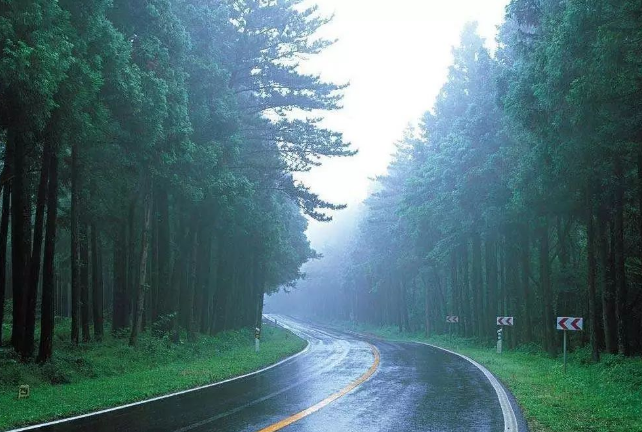
Shooting around rain
Since it is rainy, there will be rain falling. We can actually take some wonderful photos around the rain. In addition, in the case of uniform lighting in rainy days, shooting some close-up scenes and objects couldn’t be more suitable. If you are still at a loss for taking photos on a rainy day, and still don’t know what photos to take, don’t worry, then I will bring you a detailed collection of rainy days photography to answer your doubts in detail.
Since it is raining on a cloudy day, there will be countless rain drops. At this time, a very serious problem will be involved, which is the protection of the camera. Digital cameras are very sophisticated photographic equipment. In addition to the current rugged and waterproof cameras, other cameras, lenses, flashlights and other equipment need to be kept away from water, otherwise they will break down or cause serious malfunctions. Since the rugged cameras and waterproof cameras are not affected at all in rainy days, we don’t need to introduce their protection information here.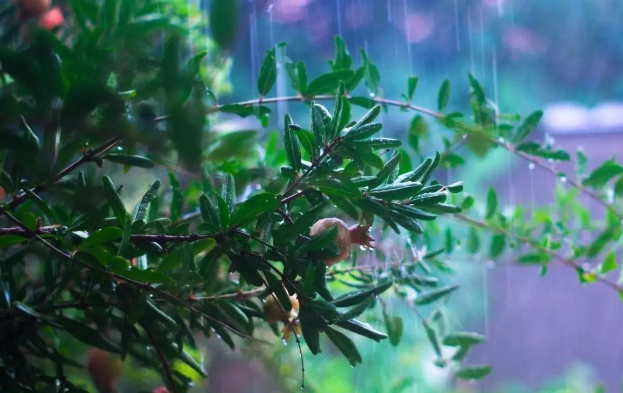
Waterproof of the camera
If it is drizzle–it is very light rain–we don’t need special equipment protection measures. Wipe the surface of the camera with clothes or paper towels every other time. Although the camera is a very sophisticated device, it is not so fragile. A little rain will not affect the camera. However, you still need to wipe the water droplets on the body and lens in time.
If it is heavy rain, pay special attention. If it is raining moderately or heavily, or even heavy rain, then we need to prepare special equipment protection measures. Because this type of rain is very urgent, if the camera is exposed to rain, it is equivalent to immersing the camera in the water. Water will immediately flow into the gaps in the camera housing and into the camera body, causing permanent damage to circuits and precision instruments.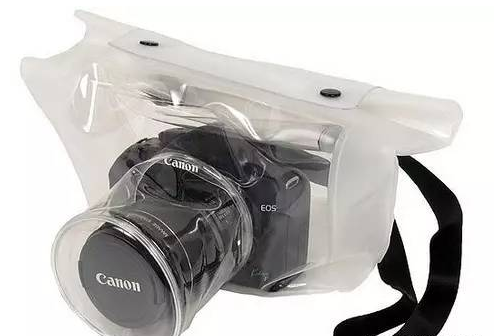
If you want to protect your camera from the rainy weather mentioned above, you might consider buying a camera waterproof cover to bring with you. In fact, no matter whether it will rain or not, when you travel, I suggest you bring a waterproof cover for your camera. In this way, you can protect your photographic equipment when it is raining or on the beach. Of course, if you don’t buy a waterproof cover and you catch up with the rain, I also recommend that you find a plastic bag to cover the camera. As long as it can be waterproof, there is no need to entangle whether the cover is professional or not, after all, the purpose is to protect the equipment.
The grasp of light when shooting in rainy days
On cloudy and rainy days, because the light is very uniform, it is very powerful to take some close-up pictures. If it is sunny and sunny, it is easy for us to shoot some close-ups because the light is too strong to cause the close-up picture to be overexposed, but the light in rainy days is very soft and uniform, so close-up pictures are also very good.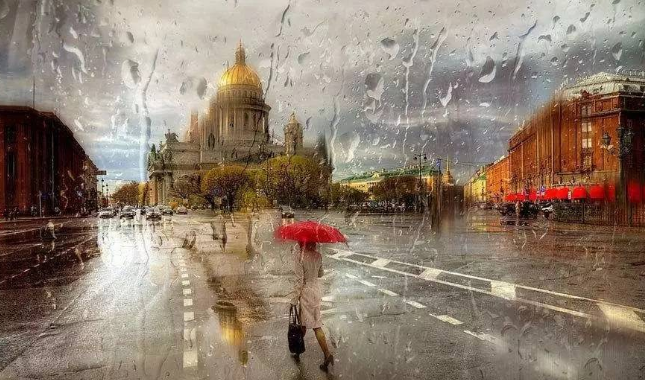
Close-up photography on a rainy day is not limited to a flower or a small object. Shooting close-ups of small scenes is also very powerful. Because of the soft and even light on rainy days, close-ups of these small scenes can also clearly show the details in the picture. As we can see from the above picture, in fact, when taking close-ups on rainy days, because there is water attached to the object, the picture will be more fresh and the colors are also very bright. Therefore, on rainy days, we recommend that you take more close-up photos of objects and small scenes.
It is suitable for taking close-up photos on rainy days, so how to take photos of large scenes? In fact, the main reason why it is not appropriate to shoot large scenes on a cloudy day is that the light is very dark, so the picture of the large scene will become very dim. Especially when the sky occupies a large area of the picture, it will become brighter after the light is diffusely reflected by the clouds, so the picture of other ground parts in the photo will become darker, and the loss of detail will be more serious.
At this time, we should try to reduce the proportion of the sky in the picture and increase the proportion of other parts in the picture.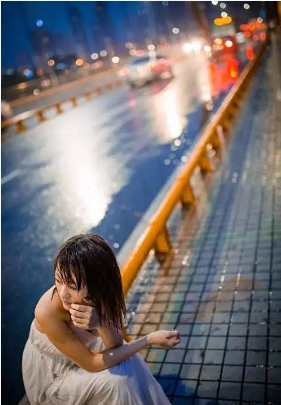
Outdoor shooting on a rainy day
By reducing the proportion of the sky, we can see that whether it is shooting in the city or shooting in the wild natural environment, the brightness of the picture can be maintained, and most of the details can be presented relatively clearly.
If the brightness of the picture is not enough, you can appropriately increase the exposure compensation for shooting. However, sometimes, the proportion of the sky in the picture can be increased on rainy days, and most of the details of the objects in the photo can be preserved, but this situation is a special case.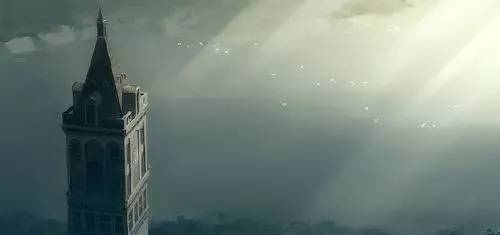
Generally, the sky part of the picture is more reserved, that is, when the proportion is large, most of the details of the picture can be clearly preserved and presented. This situation is generally a special case.
It shows that even if the dark clouds block the sunlight at this time, the light of the whole environment is still relatively bright, so it is possible to shoot a picture with preserved details and a large proportion of the sky.
Whether this kind of photo can be taken successfully depends mainly on the light conditions of the environment at the time, so in general, when you take photos of large scenes on cloudy and rainy days, you have to reduce the proportion of the sky.
How to shoot after raining and clearing
There will always be times when it will rain and the sky will clear up. In an environment where it has just rained and it is sunny, it is actually more suitable to take pictures. At this time, most objects still retain a certain amount of water, and all the environments are very clear and bright. And the photos taken are fresher and more likable.
After raining and clearing, the light recovery is actually very good. Therefore, there are many scene effects that we can shoot, such as shooting the brilliance of the sun, shooting rainbows, shooting reflections of water beaches, shooting close-ups of many objects, and so on. The picture at this time is actually more beautiful than the picture under the scorching sun, and it can also show more shooting techniques.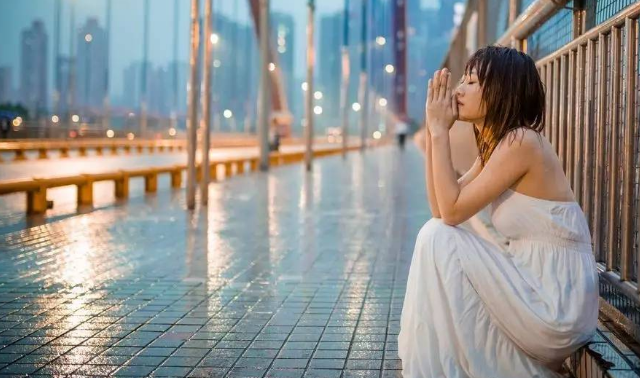
Many travelers don’t like rainy days. On the one hand, it increases the obstacles in the journey and makes some things in the journey very inconvenient. On the other hand, taking pictures will be greatly affected. In fact, good photos can be taken on rainy days. The main shooting methods are proper, the camera settings are accurate, and you have a concept of what kind of work you should shoot on rainy days, so that you can take good photos on rainy days.
